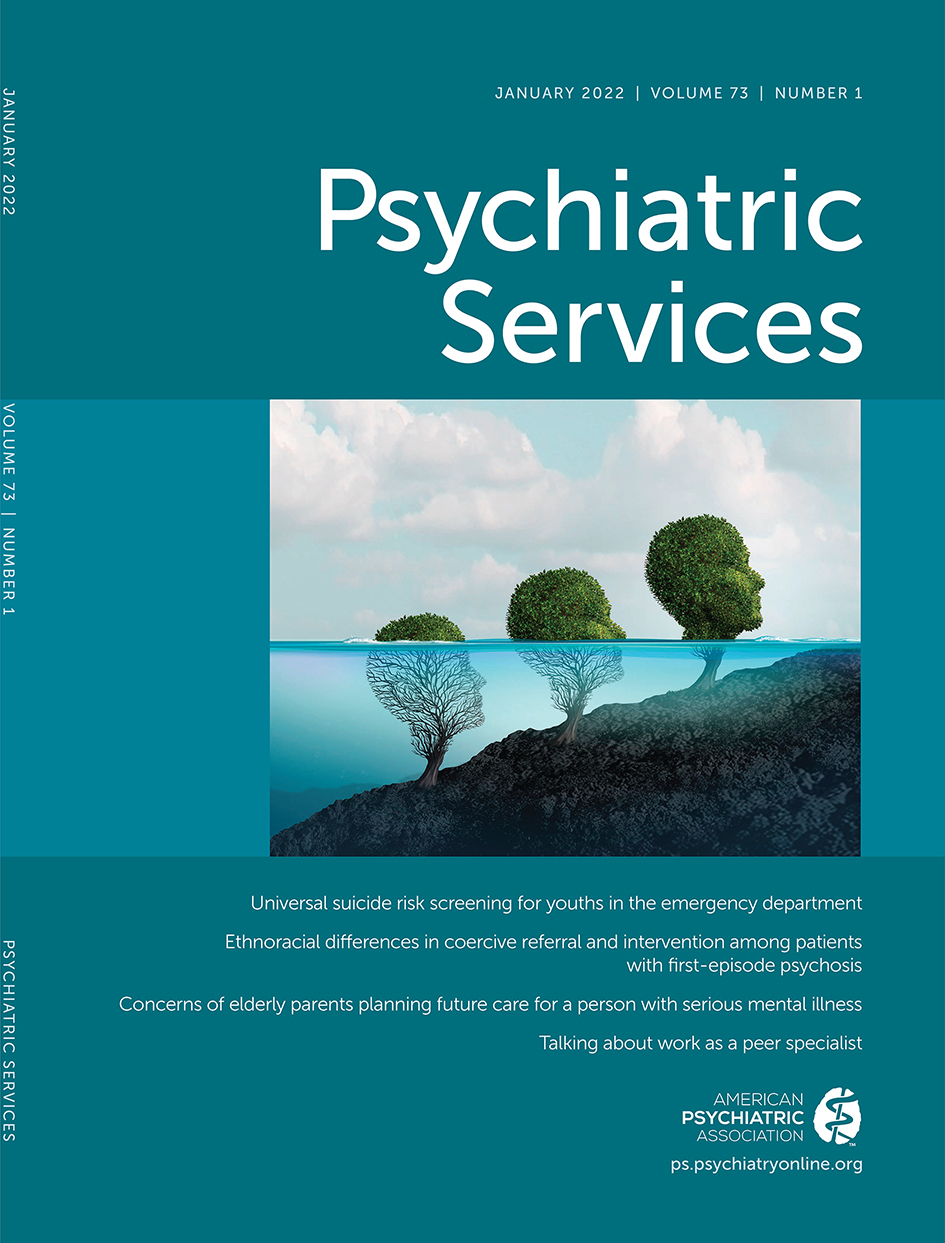Predictors of Persistent Symptoms in People in Coordinated Specialty Care Services for Early Psychosis in New York State
Abstract
Objective:
This study aimed to determine the prevalence and predictors of persistent transdiagnostic symptoms in the first year of enrollment in OnTrackNY, a coordinated specialty care (CSC) program for individuals with recent-onset nonaffective psychosis.
Methods:
Three groups were defined by using the Mental Illness Research, Education, and Clinical Centers Global Assessment of Functioning symptom subscale: persistently symptomatic, intermittent, and improving to moderate. The authors compared groups on baseline demographic characteristics, family and living situation, clinical measures, and pathways to care.
Results:
Of 1,129 eligible participants, 12% were persistently symptomatic through follow-up. Being medication nonadherent, being homeless, having a diagnosis of schizophrenia, and having a longer duration between symptom onset and program enrollment were predictive of persistent symptoms during the first year of CSC.
Conclusions:
Findings suggest that despite intensive treatment, severe symptoms in young people with psychosis may persist because of economic barriers, treatment delays, and lack of stability.



